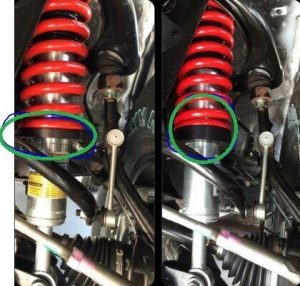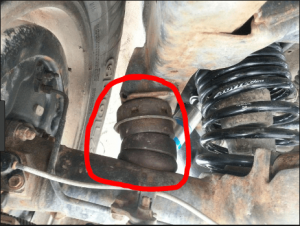When it comes to upgrading the suspension on your vehicle, one of the key components you’ll want to consider are the upper control arms (UCAs). These are the arms that connect the steering knuckle to the frame of the vehicle, and they play a critical role in determining the handling and performance of your ride.
There are two main types of UCAs on the market: billet and tubular. Billet UCAs are typically made from a solid piece of aluminum, while tubular UCAs are made from a hollow tube of steel or aluminum. Both types have their own set of pros and cons, and the best option for your vehicle will depend on your specific needs and preferences.
One of the key advantages of billet UCAs is their strength and durability. Because they are made from a solid piece of material, they are less likely to bend or break under heavy loads or in the event of an accident. They are also typically more precise and have a higher level of adjustability, which can be a big plus for those looking to fine-tune their suspension setup.
Tubular UCAs, on the other hand, are generally considered to be more lightweight and offer improved suspension travel. The hollow design of the tube makes them less stiff than billet UCAs, which can help to improve the ride quality of your vehicle. They are also generally less expensive than billet UCAs, making them a more budget-friendly option.
When it comes to ICON Billet UCAs vs Tubular UCAs, ICON Billet UCAs are a high-end option that provides greater strength and durability. They are also more precise and have a higher level of adjustability which makes them a perfect option for those looking to fine-tune their suspension setup. On the other hand, Tubular UCAs are a more budget-friendly option that offers improved suspension travel and a lighter weight.
Ultimately, the choice between billet and tubular UCAs will come down to your specific needs and preferences. If you’re looking for maximum strength and durability, then billet UCAs are probably the way to go. But if you’re looking for a more budget-friendly option that offers improved suspension travel and a lighter weight, then tubular UCAs are worth considering.

